Turning Passion Into a Profitable Side Project
- 15 March 2017
- ByAllie Lehman
- 9 min read
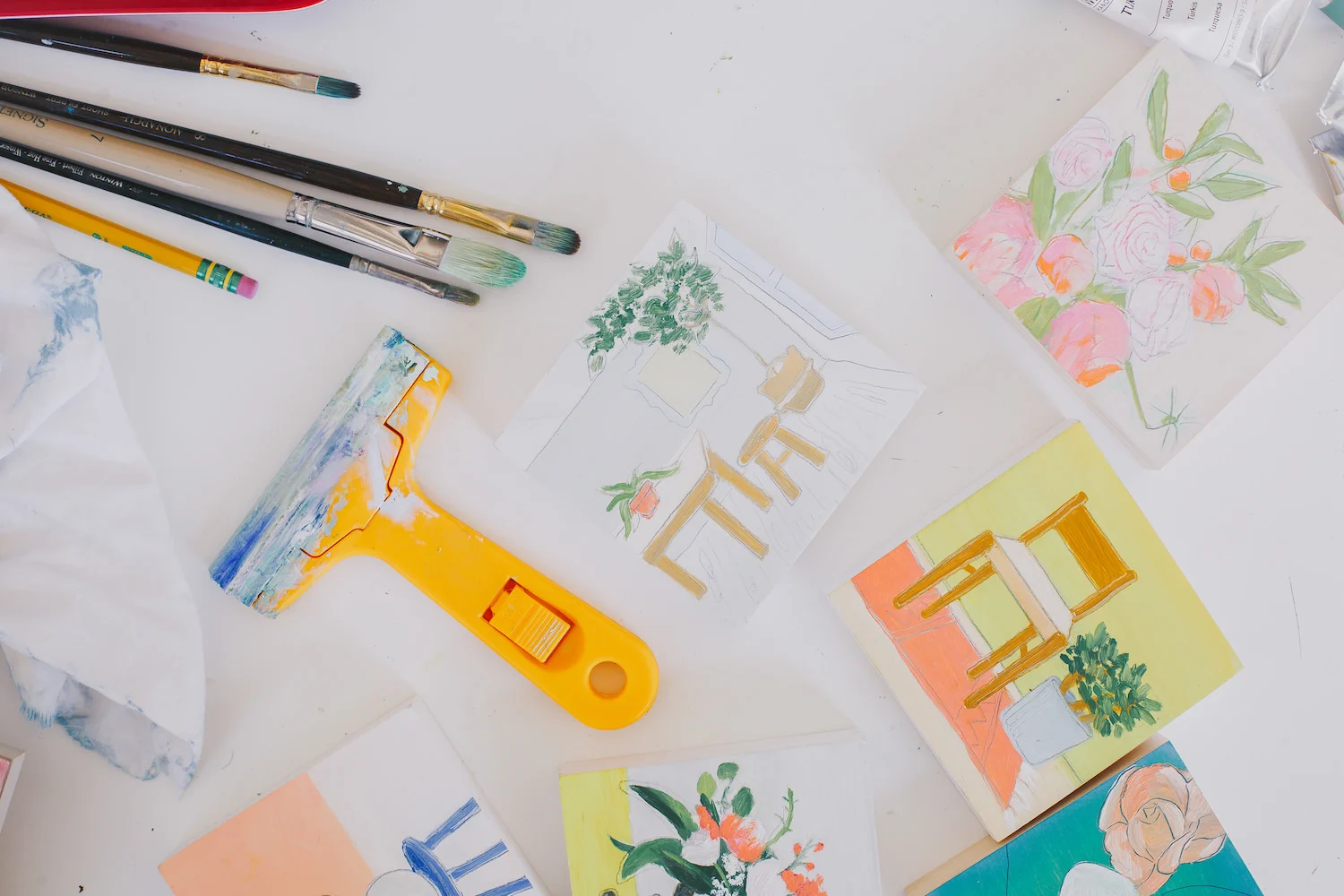
Earlier this year, I decided to start a new art project and take on a challenge.
Six days before the popular 100 Day Project started, I shared (mostly to anyone on the internet who may have been listening) that I’d be participating. I decided that I would paint one abstract painting per day over the course of 100 days and share them daily on Instagram. By the time that I had finished, I sold 71 paintings and made just short of $10,000. That little factoid impresses people. It inspired friends to try their very own $10,000 100 Day Project. And I’m here today to pull back the curtain and share a few things. Won’t you join me?
Are You Learning or Mastering?
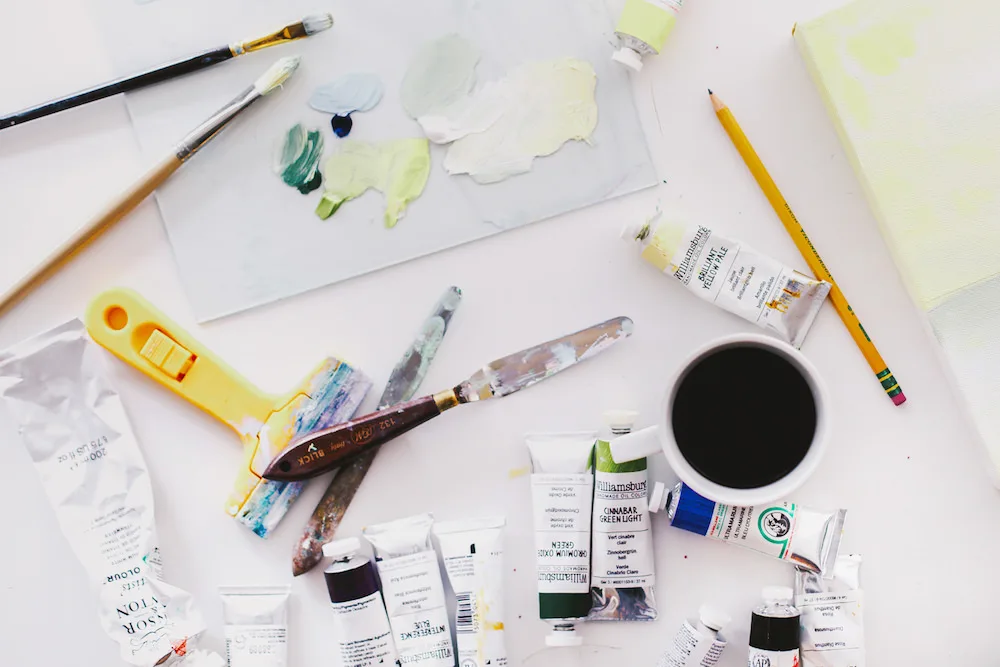
First of all, this challenge was a way to re-acclimate myself to a lost passion. I grew up painting and taking art lessons. I sold my first oil paintings by the time I turned 13. The challenge wasn’t so much the introduction to a new skill, but a reunion. It’s a question that I ask often when talking about this challenge to those who are interested: are you trying to learn or master a skill?
Because of this, I had some supplies, the knowledge base to walk into an art supply store and buy what I need and understood the technique. I was able to dive deep and fast. For those who want to learn a new skill, the outcome will be much different. And that’s OK.
Perception Matters
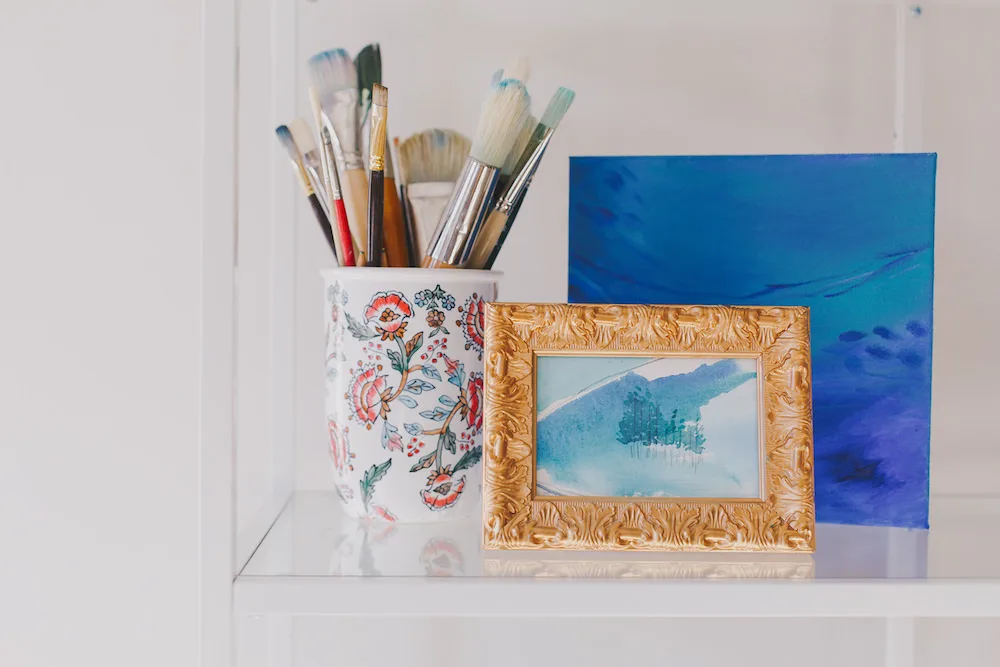
I took on this challenge voluntarily while also running a business full-time with my husband. We focus on branding for small businesses, and I’m responsible for the creative production. We are self-funded (meaning that all the revenue from the business pays both our personal and professional bills). We don’t dabble much in passive income. Our income is directly related to working one-on-one with clients and offering helpful services. Time is money!
We work intentionally to keep our brand relevant and present both locally and online. When I started the 100 Day Project, my audience reacted well. They were very engaged (and continued to be through the very end). But the perception I had of our audience, and maybe their perception of me, began to shift. I imagined them thinking, “Allie is a painter! She paints things now! Maybe she doesn’t want to design anymore.” This was completely fictional, but since I can’t read minds, it could've been an accurate depiction.
Yes, it’s true - during those 100 days, our full-time creative business saw a substantial decrease in the number of inquiries. We made way less money. We helped fewer people. Money was tighter. I was training my followers, friends, and family to see me from a new angle - one covered in stretched canvases, dirty paint brushes, and bright pigment.
Money is Just a (Powerful) Tool for Creating
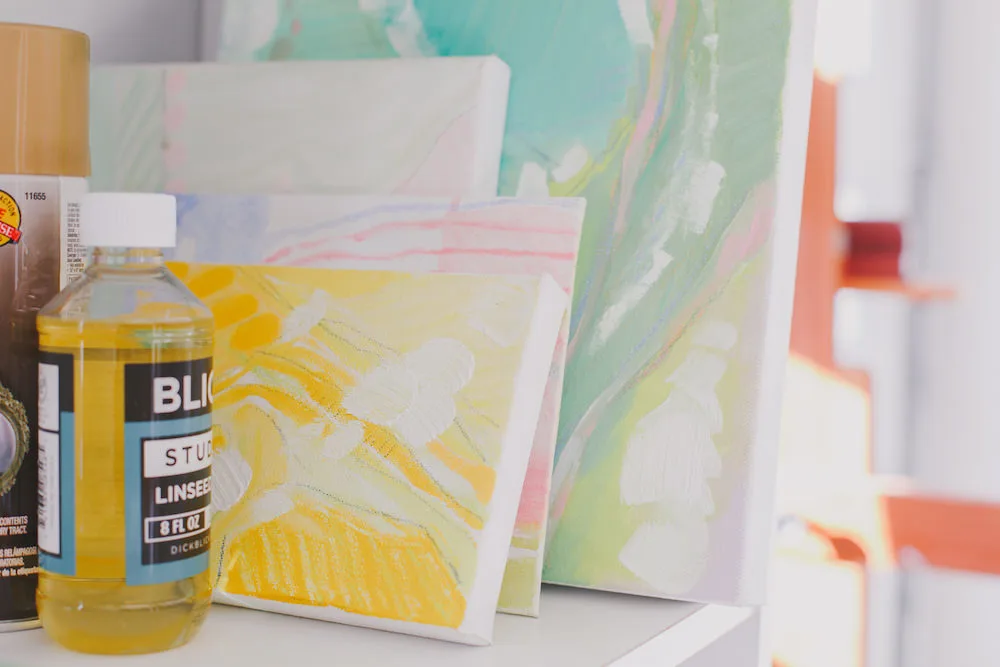
Within a week, I realized this challenge was going to be expensive. The supplies alone cost around $2,000. It was around the same time that I realized I could probably make my money back by selling some of this work. I didn’t track my time, so we’ll just stay oblivious to that cost.
I posted each painting to give followers a glimpse into my process. Eventually they'd start calling “dibs” on their favorites. I teased the idea of hosting a gallery to celebrate the end of the challenge. I had big plans! I was only eight days in, but it's never too early to build hype.
That’s when I realized something very true about myself: I’m not afraid of money or profit. They both allow me to create on a daily basis. I design websites, hand letter, create logos, and photograph food for a living and I get paid well doing it. Money can facilitate the most creative seasons of your life if you're fortunate enough to have that opportunity.
It’s a Marathon
A photo posted by A L L I E L E H M A N 👀 (@alliepal) on Jul 8, 2016 at 4:02pm PDT
I know that the marathon analogy is pretty cliché, but it’s really true. I’ve had a few people ask how I sold 71 out of the 85 paintings that I listed on my online shop. Some are just curious and others want to replicate my results. Here's what I tell them:
You don’t have to be an internet celebrity to make money online. I didn’t have tens of thousands of Instagram followers when I dove head first into the challenge. What I did have, however, was a pretty engaged group of followers (about 5,000). I spent the previous seven years investing in those online relationships, following people back, and blogging pretty consistently. The secret to the overnight success is that they're usually years in the making.
How you share and present your work matters. I use my Instagram account to share beautiful moments from my life and I wanted the same to be true during the challenge. I styled, found the best natural light, and worked hard at getting my horizontal and vertical lines straight.
A lot of us are just selling souvenirs. I do believe that this was an approachable way for people to support me in an affordable way. While some pieces were priced higher, there were many paintings ranging from $25-75. I see this happening with enamel pins. I can’t tell you how many enamel pins I’ve recently bought. I don’t wear any of them, but they’re an easy way for me to support small business owners.
Sharing is key. If I'd picked up a paintbrush quietly, cranked out 100 pieces, and launched an online store, I wouldn’t have sold much. It’s easy to think that the launch is the beginning (or the end). The process is a lot longer than that.
Feedback is Good, Until It Isn't
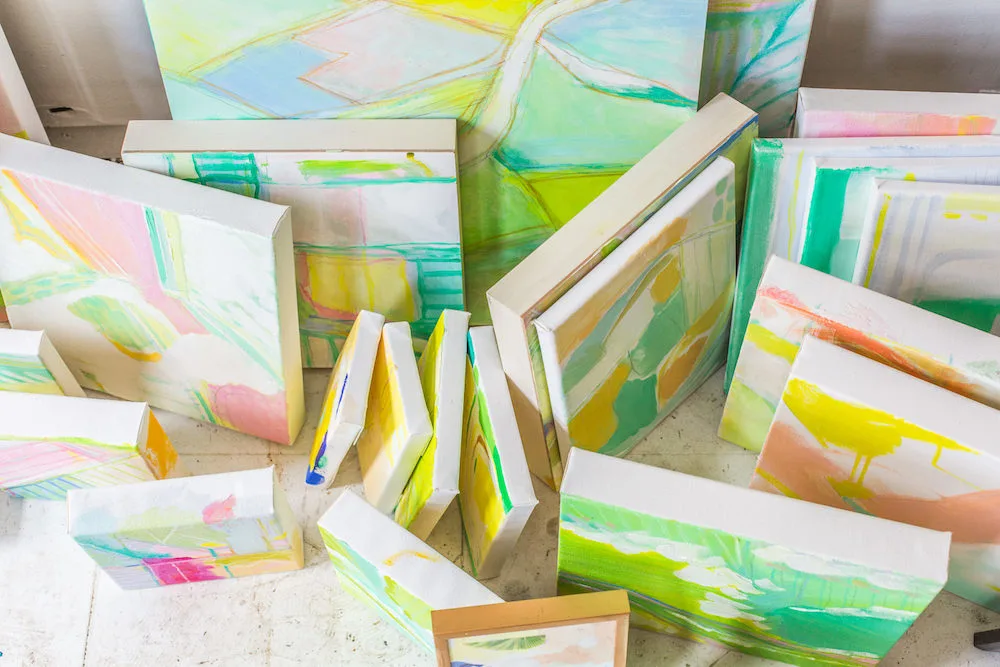
Positive online engagement is encouraging when you’re creating and putting work out there for everyone to virtually “like.” For the first couple of weeks, I would post the daily work hoping to get more Instagram likes than yesterday’s post. Finally, I stopped caring. I gained more joy during the process of painting than receiving positive feedback once I had finished. I enjoyed finding other people in the community who were doing their own challenge and encouraging them. I loved the evolution of it all.
While the arbitrary likes felt meaningless for most of the challenge, I did cherish the comments. I'd receive messages from people saying that my daily posts encouraged them to pick up a paintbrush, or just to make time for themselves. Some would comment with their own interpretation of my work. Others would say that their favorite painting changed from week to week. I was growing and they were coming along for the ride. That is brand alignment.
The Work That Follows
A photo posted by A L L I E L E H M A N 👀 (@alliepal) on Jun 17, 2016 at 1:28pm PDT
The day that I launched my shop, I told my husband that I’d be happy if I sold two paintings. By the time my gallery opened, I only had a handful left for sale. I remember thinking, “So now what?”
Well, for starters, I had to coordinate shipping and pick-up and drop off. But beyond that, it can feel a little scarier. What if I can never replicate that “success” again? What happens when I take a break? (I took four months off from painting following the sale.) Do I just create what I know works? Do I take risks?
There’s always more work to be done. Are you up to the challenge?
15 March 2017
Words by:Allie Lehman
Tags
- Share